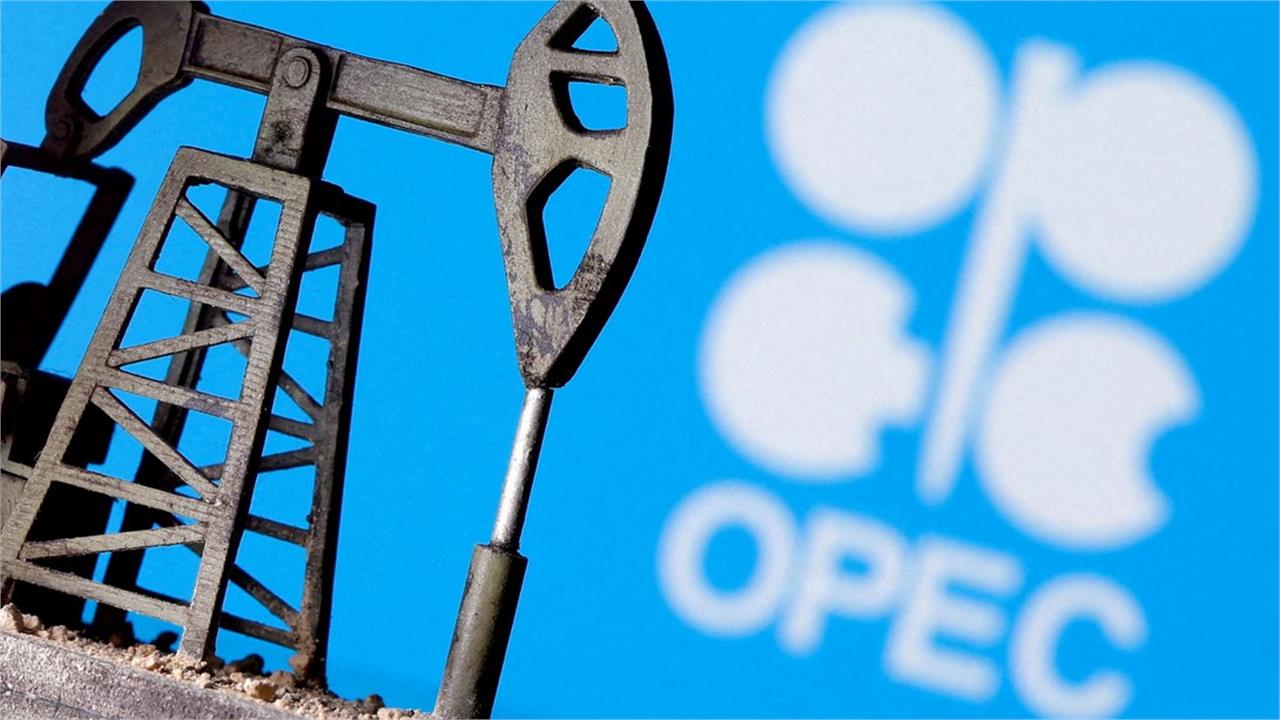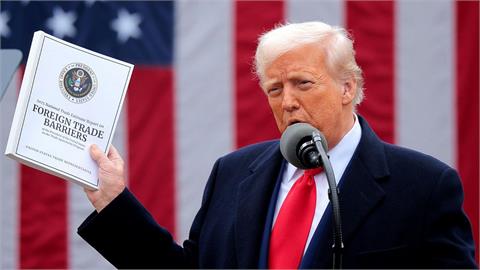OPEC+ is going full throttle with reversing the production cuts with output set to rise by more than expected in May, “in view of the continuing healthy market fundamentals and the positive market outlook.”
The OPEC+ countries that have been cutting their oil production for more than a year decided on Thursday to continue easing the reductions by adding 411,000 barrels per day (bpd) to their combined supply from May.
The eight OPEC+ countries that have been withholding production – Saudi Arabia, Russia, Iraq, UAE, Kuwait, Kazakhstan, Algeria, and Oman – decided to bundle three monthly increases in output in the May production levels.
“This comprises the increment originally planned for May in addition to two monthly increments,” OPEC said today, yet again surprising the market with a larger-than-expected supply hike in May.
The cartel reiterated that the “gradual increases may be paused or reversed subject to evolving market conditions.”
“This flexibility will allow the group to continue to support oil market stability. The eight OPEC+ countries also noted that this measure will provide an opportunity for the participating countries to accelerate their compensation,” OPEC said.
The energy ministers of the OPEC+ group met online to discuss compliance with the production quotas, as Kazakhstan, Russia, and Iraq have continuously failed to pump at or below their quotas.
At the meeting today, the eight OPEC+ countries decided to hold monthly meetings to review market conditions, conformity, and compensation. The next meeting will be held on May 5 to decide on June production levels.
The larger-than-expected production boost by OPEC+ added to the tariff-fueled recession fears to sink oil prices even further.
As of 7:41 a.m. EDT on Thursday, the front-month WTI Crude price had plunged by 5.31% to $67.73. The international benchmark, Brent Crude, plummeted by 5.15% and traded at $71.03.
Oil was already crashing by more than 4% before the OPEC announcement, after U.S. President Donald Trump announced on Wednesday sweeping tariffs on all trade partners of the United States. The trade war and the highest tariff rate of U.S. imports since 1910, as estimated by Fitch Ratings, stoked fears of recession for many economies.
(Oilprice.com, April 03, 2025)




